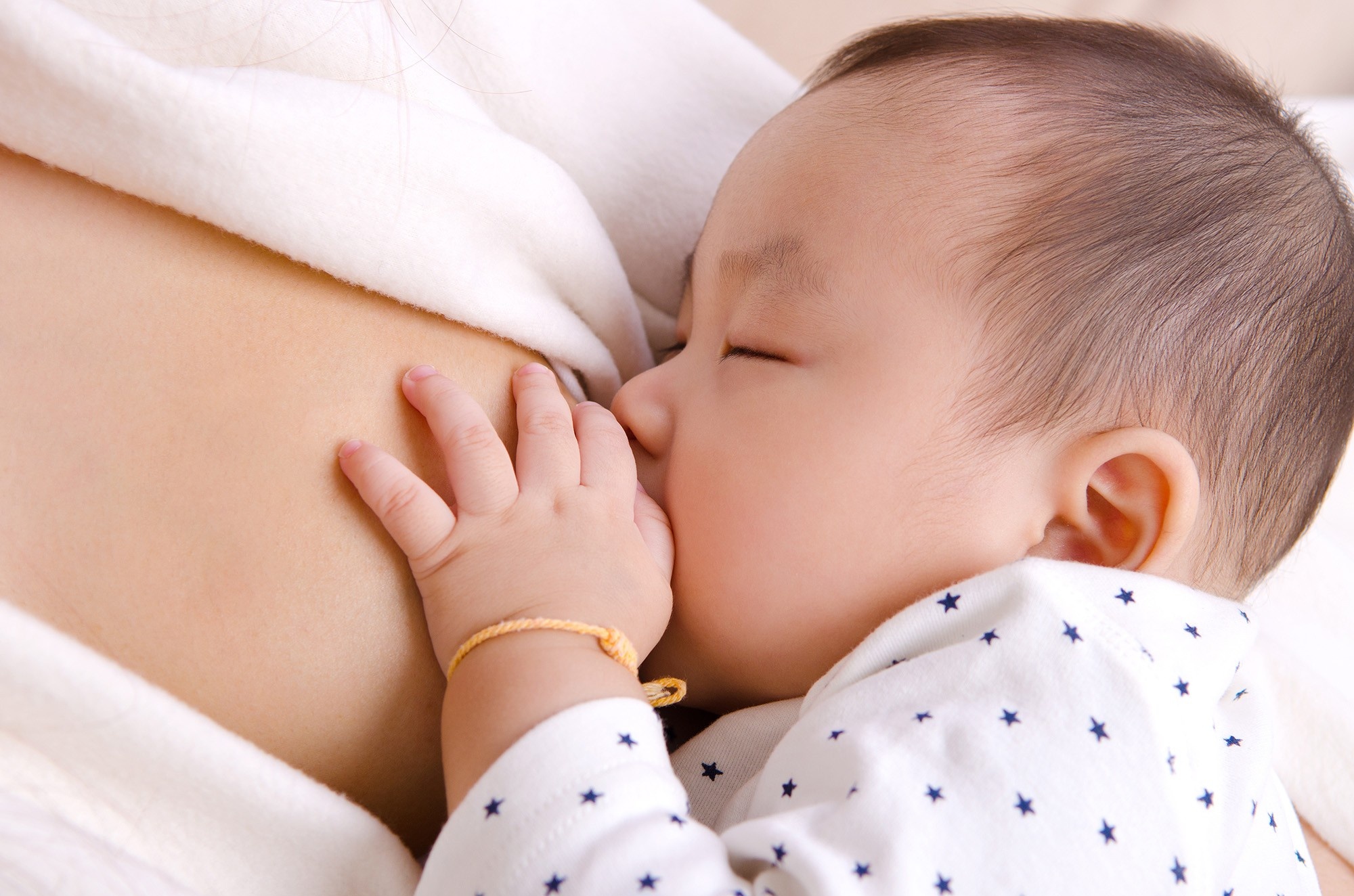What's New in the Baby-Friendly USA GEC?
Jun 26, 2023
The 6th edition of the Baby-Friendly USA Guideline and Evaluation Criteria (GEC) went into effect June 1, 2023. This post will discuss 4 of the changes in the new GEC.
First, some background.
The Baby-Friendly Hospital Initiative is an international designation established by the World Health Organization (WHO) and UNICEF. Every country has an organization that is responsible for Baby-Friendly in their country. All groups follow the guidelines set by the WHO. In the United States, that organization is Baby-Friendly USA.
In 2018, the World Health Organization revised the Ten Steps to keep them in line with evolving research. The new document, Protecting, Promoting and Supporting Breastfeeding in Facilities Providing Maternity and Newborn Services: The Revised Baby Friendly Hospital Initiative, is available on their website.
Following the lead of the WHO, Baby-Friendly USA’s new “rules” took effective June 1, 2023. These are laid out in a document called the Guideline and Evaluation Criteria, fondly referred to as the GEC. Here’s what it says in the GEC, “It is the goal of BFUSA to implement a program for the US that remains as closely aligned with the global initiative as possible, while at the same time, addressing the US needs and circumstances.”
Link to the Baby-Friendly USA GEC, 6th edition
Four Changes in the 6th Edition of the GEC
#1. Step 1 now contains three parts.
Step 1 used to consist of one part – that the hospital had a written breastfeeding policy that was routinely communicated to all health care staff.
Step 1 now has three parts (remember Code - Policy - Data)
- Step 1 A – Comply fully with the International Code of Marketing of Breast Milk Substitutes and relevant WHO resolutions
- Step 1 B – Have a written infant feeding policy that is routinely communicated to staff and parents
- Step 1 C - Establish ongoing monitoring and data-management systems (for example: skin-to-skin rates, rooming-in compliance and breastfeeding rates)
#2. A Shift in Step 2
Step 2 is about staff education. The old Step 2 focused on hours of education and required nurses to have 20 hours of lactation training and providers to have three hours.
In the new GEC, the focus of Step 2 has shifted from an emphasis on a specific number of hours of training to competency verification.
#3. Pacifiers
Step 9 is the "pacifier step." The language in Step 9 has changed.
- The old Step 9: "Give no pacifiers or artificial nipples to breastfeeding infants."
- The new Step 9: "Counsel mothers on the use and risks of feeding bottles, artificial nipples (teats) and pacifiers."
Note the word, counsel.
#4. An Emphasis on Communication
The new GEC places an emphasis on communication. What is the mother saying? What is the mother requesting? We all need to listen - then discuss - then act on what was decided - and then document.
Here are the criteria from the Baby-Friendly USA GEC for evaluation for rooming in and the documentation requirements:
Criterion 7.1.2 At least 80% of mothers who requested their infant to be removed from the room will report the facility staff
A. Listened to her reasons/concerns AND
B. Responded by assessing potential and/or existing challenges specific to her concerns, and/or providing additional guidance with workable solutions to safely avoid the separation AND
C. If the mother still requested separation, health professionals empowered her with an understanding of evidence-based information (scientific, unbiased, factual) that allowed her to make an informed decision for her baby including:
- Importance of rooming-in,
- If breastfeeding, a plan for reuniting the mother and infant as soon as the infant displays feeding cues.
Documentation
Criterion 7.1.3 Of mothers and babies that have been separated, at least 80% will have the following documented in the medical record:
- Reason for the separation
- Location of infant
- Length of separation
- Infant feedings during separation
- Counseled on the importance of rooming-in including a plan for reuniting the mother and infant, and infant feeding.
Just the other day I was attending on our Mother Baby Unit and caring for a beautiful term baby who had arrived via a cesarean birth. This was the first baby for the mother. The infant was healthy and the mother wished to exclusively breastfeed. She was working hard at breastfeeding and was doing everything we suggested. When I met her again on the third morning she reported that the baby cluster fed all through the third night and she and her partner had gotten very little sleep. They looked exhausted. The lactation consultant was in helping the mom learn how to hand express while I was examining the baby. All of a sudden the mother burst into tears. Clearly she was overwhelmed and exhausted.
We spent some gentle time with the mother and came up with a plan that the baby would go to the Nursery. We put a sign up on the door of the mother's room stating no interruptions (see the RN) to allow the parents to sleep. The mother approved the use of donor milk so in the Nursery the infant was fed a feed of donor milk by the RN using a syringe. The infant slept soundly after that and the parents were also able to get several hours of uninterrupted sleep. The infant returned to the mother's room for the next feed. Both the mother and father were so thankful for the rest.
The following was documented in the infant's chart: the reason for the separation (the discussion and the plan), where the infant went, the length of the separation and the donor milk feed.
You can check out the new GEC here: Link to the new GEC
Written by Barbara L. Philipp, MD
Subscribe to our Blog
Join our mailing list to receive the latest blog posts, courses and updates from our team.
We hate SPAM. We will never sell your information, for any reason.

